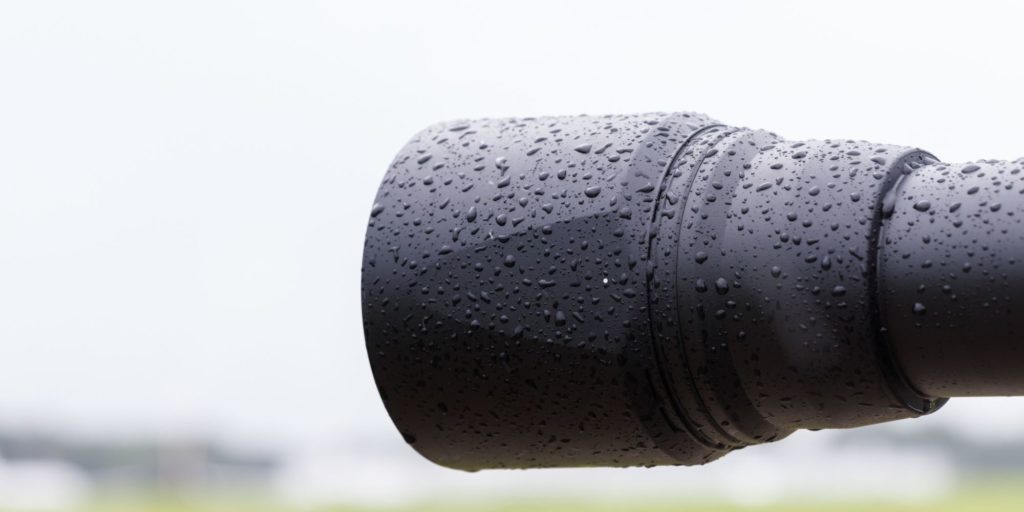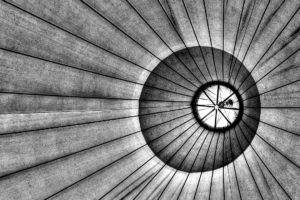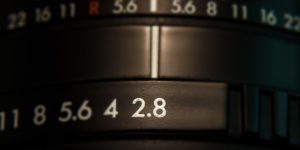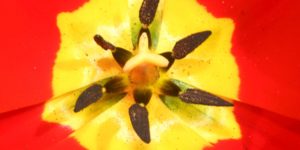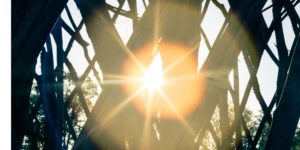A photo might preserve memories, but you require a quality camera for this statement to be valid. In an attempt to capture special events vividly, some photographers turn to camera lens hoods.
But are these hoods beneficial or just add aesthetics?
This article demystifies the use of the camera lens hood and looks at its ABCs to enable you to make an informed purchase or use decision.
What does a camera lens hood do?
A camera lens hood is a gadget customarily used on the front end of a lens to cut out sunlight or any other light sources to prevent lens flare and glare. You can also use it to shield the lens against weather elements and scratches without putting on a lens cover.
It is mainly made of rubber, plastic, or metal and has a hooded shape. Keep reading and learn several facts about this camera accessory.
What Is a Camera Lens Hood Used For?
A camera lens hood is primarily used to prevent stray light from meddling with your camera lens. It shields your lens from stray light resulting in stronger tones, contrasting colors, and an absence of lens flare.
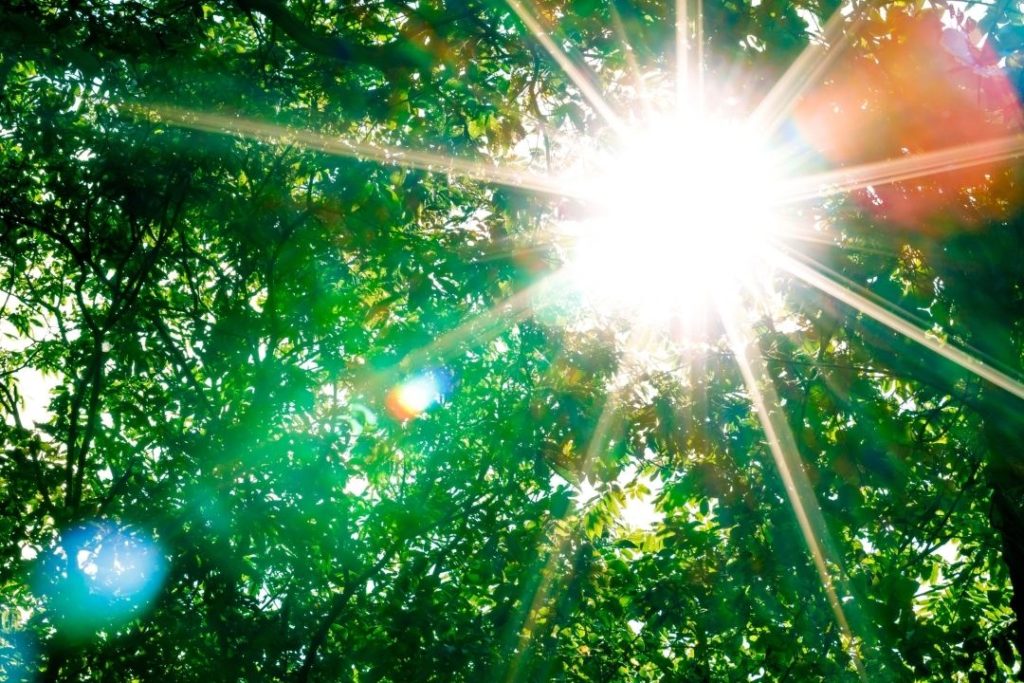
The lens hood comes in handy when creating professional photographs, such as institutional photos or precise headshots.
Other uses of this camera component include:
- Lens protection: A lens hood provides an extra protective layer to your camera lens. It shields your lens from weather elements such as snow, rain, fingerprints, dust, and external impacts.
- Precise shooting in unsuitable weather conditions: You can use a camera hood to prevent rain from reaching your lens while taking pictures on a rainy day. Such capabilities enable you to obtain high-quality photos.
- Adds contrast to your images: A camera lens hood can produce top-notch contrasted pictures by preventing stray light and other vagaries from interfering with your camera lens.
Which Moments Are Best To Use a Camera Lens Hood?
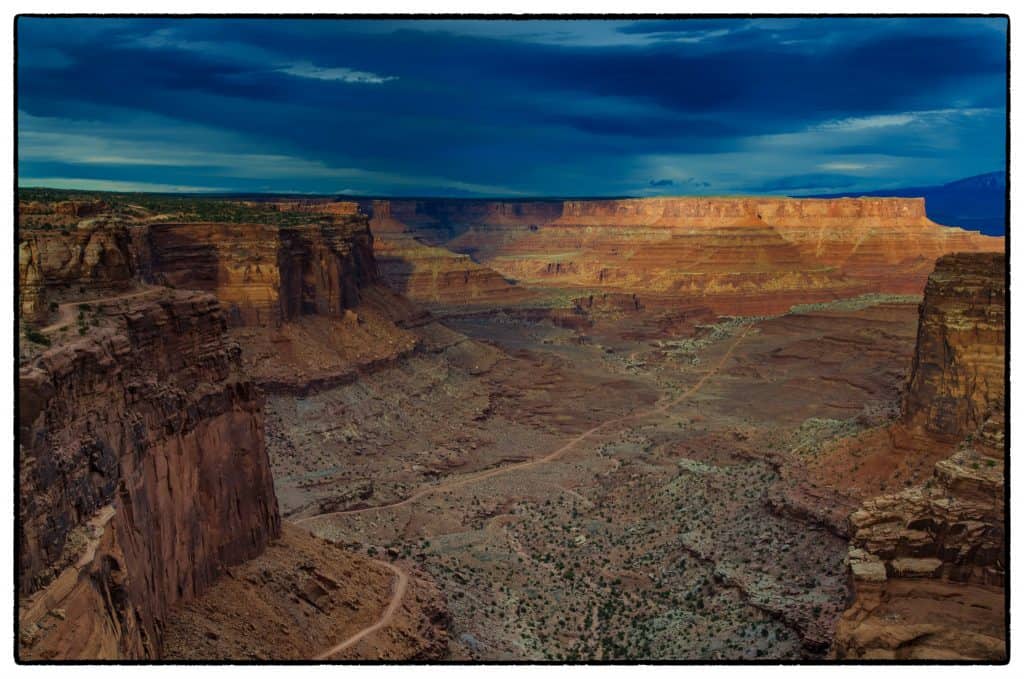
Practically, you can use a lens hood at any particular time to prevent light from interfering with your lens’s front element.
Its use becomes vital when your target is illuminated from the back. A hood comes in handy when taking a photo near strong light sources. Such experiences include shooting pictures near vehicle lights, during sunsets, etc.
That said, using a camera hood may be problematic in other instances. It isn’t suitable to use a lens hood on the following occasions.
- If you want a glare on your photo: It’s a no-brainer that a lens hood would prevent stray light from reaching your lens. However, to develop a glared image, you need more light striking your lens. A lens hood isn’t suitable for this use since it would block light and prevent glare.
- If you’re forced to utilize your camera’s in-built flash: Using a lens hood alongside a camera’s flash at the same time can result in a visible shadow on your image.
- If you’re shooting macro: A lens hood can block the light on the target when shooting from short distances.
How To Determine the Best Hood for Your Lens
Here are two vital things to consider when purchasing a camera lens hood.
- Determine the circumference of your lenses: A 4mm-14mm and 14mm-35mm zoom lenses cannot use the same camera lens hood as they differ in size. It’s, therefore, crucial to measure your lens circumference before purchasing a lens hood.
- Avoid universal camera lens hoods: If possible, go for a branded hood for your camera lens. Lens hoods labeled universal/versatile may not fit your lens or work inappropriately.
It’s advisable to locate your lens’s specification by checking on the front of the lens then purchasing a hood that fits this specification.
How To Use a Lens Hood
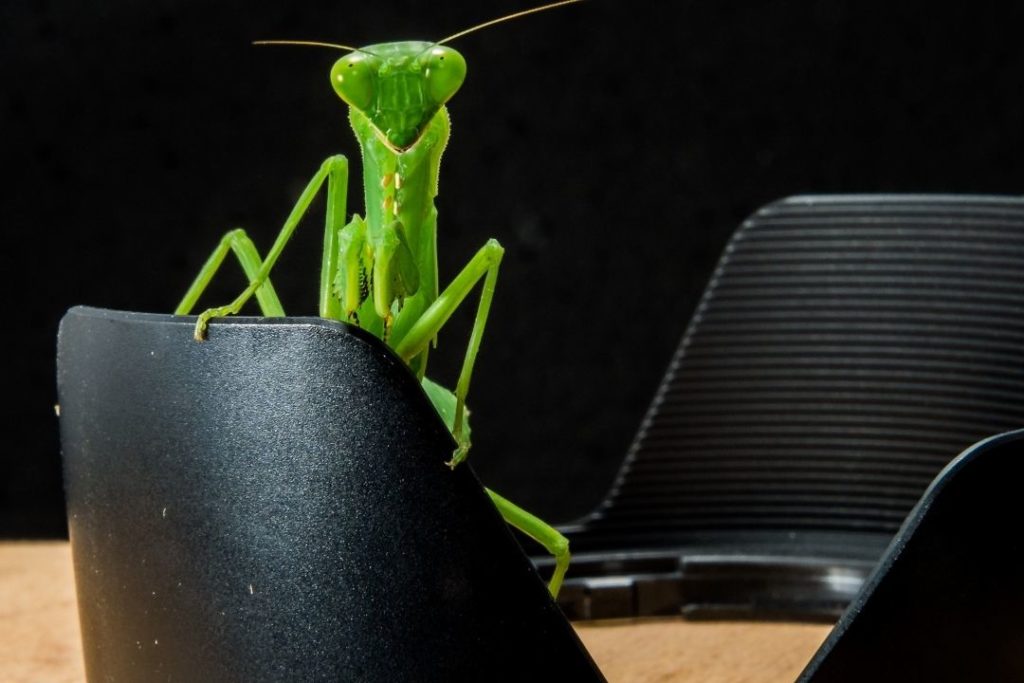
Upon purchase, install your lens hood by attaching it at the front of your lens until it’s firmly placed. Most hoods are threaded, meaning you must align them properly with the lens head for them to fit. Some lens hoods have markers that guide you when affixing them.
Once aligned, make a clockwise half-turn to attach the hood to the lens.
It isn’t unusual for lens hoods to get loose over time. They may fall off when they become loose, interfere with your shots, or generate rattling noises.
An ideal solution to a loose lens hood is purchasing a replacement. Alternatively, you can opt for DIY fixes using glue, tape, or candle wax. Simply cover the grooves with tiny amounts of glue/wax to secure the hood to the lens.
A lens hood can consume considerable space due to its hooded nature. It’s therefore advisable to reverse the hood on your specific lens to compactly store it. Doing so can minimize the amount of space it requires.
Fortunately, most camera lens hoods on the market can be reversed to allow easy transportation.
Types of Camera Lens Hoods in the Market
Lens hoods come in two main types, cylindrical and petal.
Cylindrical Lens Hoods
Cylindrical lens hoods are meant for telephoto lenses and fixed focal range lenses. In most cases, they’re used in events like wild photography and sports.
Petal-type Camera Lens Hoods
These hoods are mainly used on standard and zoom lenses that cover wide angles as their corners have been cut away.
They have a unique shorter design with carved notches to block stray light.
These hoods feature four petals and require proper rotation to prevent them from interfering with your frame.
Merits and Demerits of a Camera Lens Hood
Pros
- It protects your lens against damage from weather elements or falls.
- It prevents unwanted light intrusions from your shots, allowing you to capture excellent images by avoiding or reducing flare.
- It adds image contrast, allowing your lens to get an excellent clear view of your scene.
Cons
- It sometimes provides little protection against stray light when zoomed.
- It can be problematic to carry around, especially if it’s bulky.
- Some of them with exotic coatings can be expensive to purchase or maintain.
- It can be challenging if you need to mount a filter IMO.

